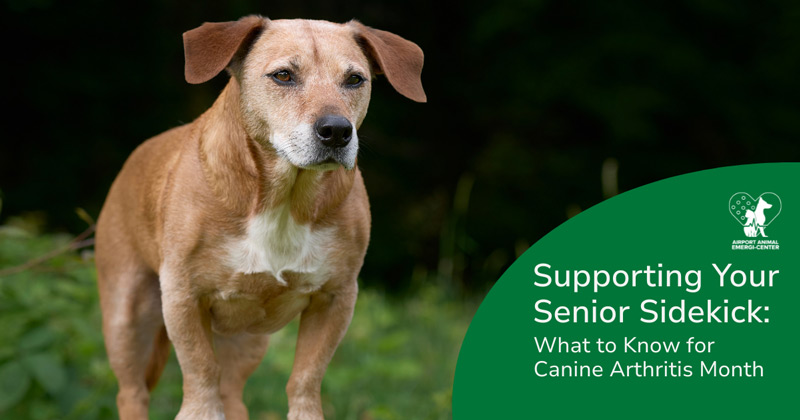
We’ve all said it before: “She’s just getting older.” But what if your dog’s limp, stiffness, or lack of excitement on walks isn’t just age—it’s arthritis?
May is Canine Arthritis Month, and we’re here to help you tell the difference between “just slowing down” and something that could be treated to give your pup more good days.
Osteoarthritis (OA), or degenerative joint disease, affects 1 in 5 dogs during their lifetime. It’s a progressive condition that can cause chronic pain, stiffness, and even emotional changes in pets—long before you realize what’s going on.
And it’s not just senior dogs. Younger dogs, especially those with past injuries, joint issues, or certain breeds, can also be affected as early as 3 years old.
Dogs are masters of hiding pain. They might not cry or yelp, but their behavior can tell the real story:
These signs could point to arthritis pain—and the sooner we catch it, the better we can help.
The good news? There are new, innovative treatments that can dramatically improve quality of life for dogs with OA. One standout option is Librela—a once-a-month injection that targets arthritis pain at its source. It’s safe, effective, and doesn’t come with the daily pill routine or typical side effects of NSAIDs, or other older treatments.
Pet parents often see a noticeable difference within just a week. More tail wags. More pep in their step. More time being the dog they’ve always been.
Arthritis doesn’t have to define your dog’s golden years—or their youth. With the right care, they can be comfortable, active, and happy for as long as possible.


